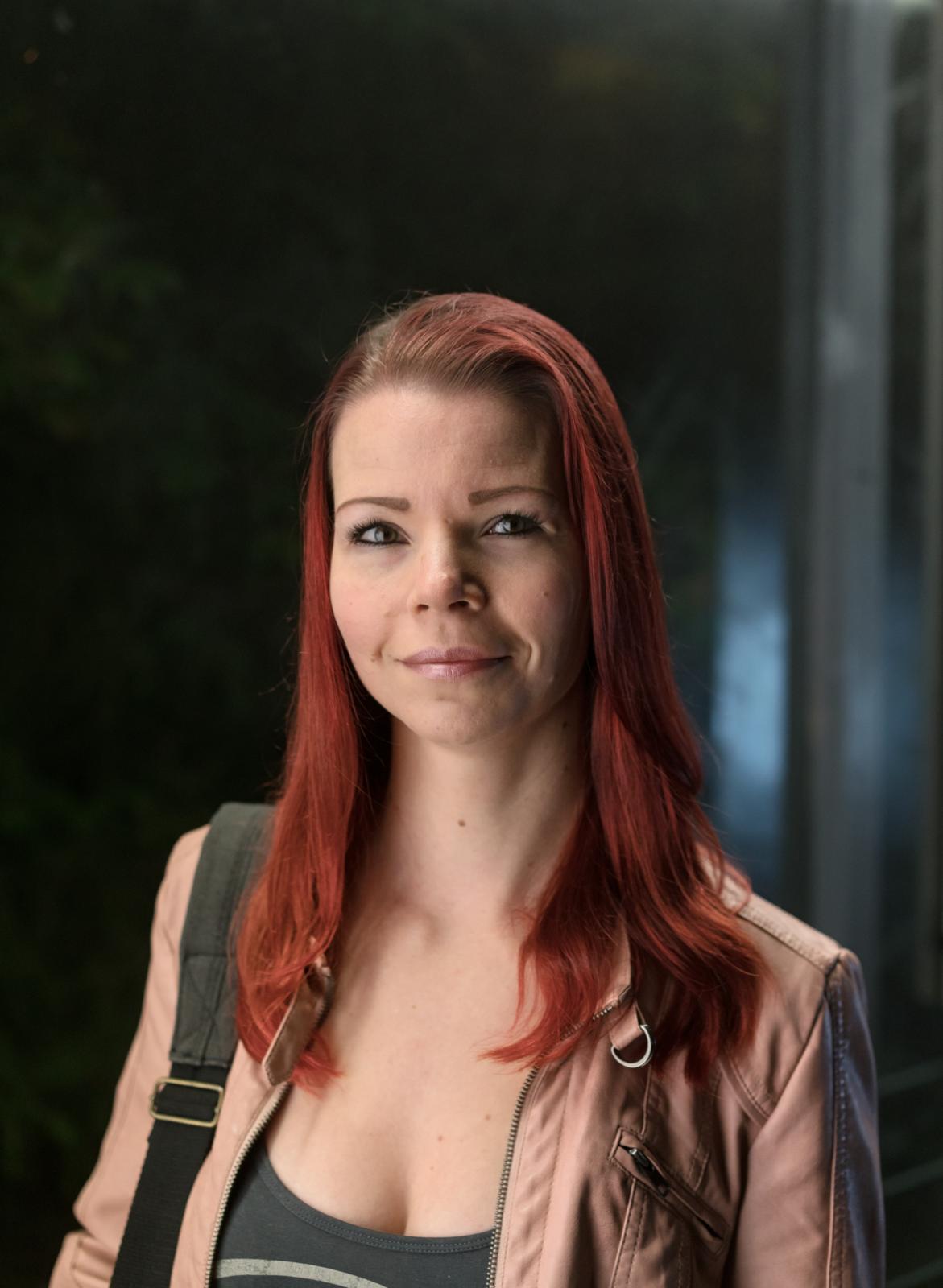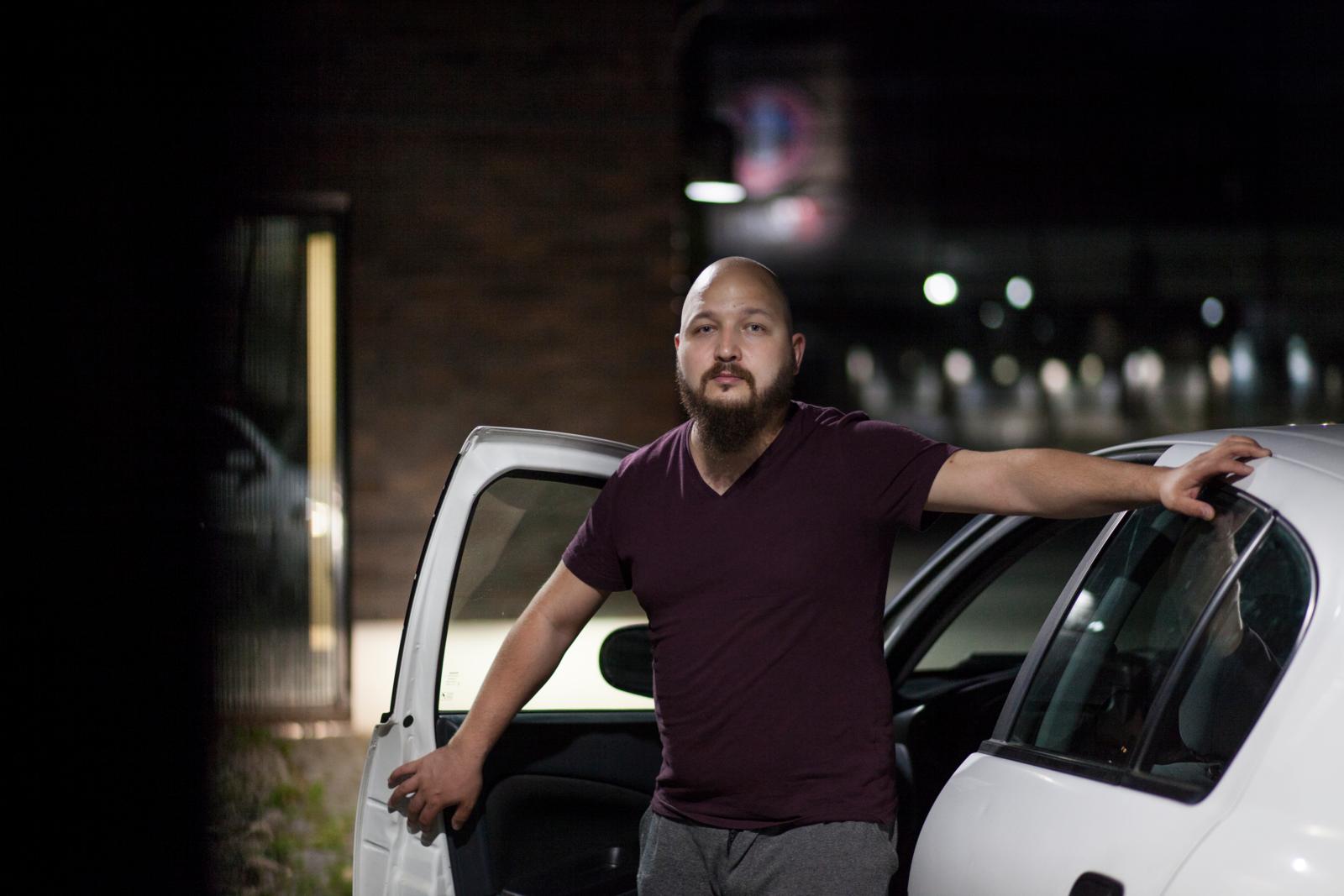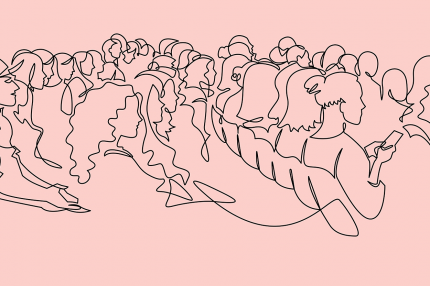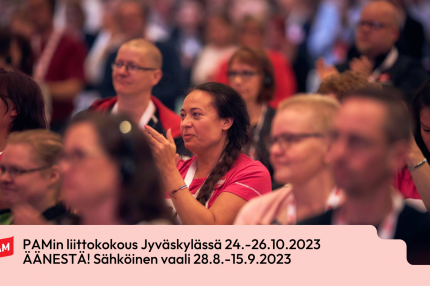Society
Public transport schedules need to suit the needs of night and shift workers
Public transport schedules are centred around peak office hour times. People doing night and shift work have less choice. Photo: Jukka Rapo
Variable working hours are becoming more common, but public transport services have not kept up. It takes Jori Kainulainen and Tiina Laakso an hour to get to work, although their journeys are very different. Public transport does not work optimally for either of them, if at all.
Jori Kainulainen is a chef in an à la carte restaurant, and he commutes to work through dark forests in eastern Finland. Pantry chef Tiina Laakso works on the other side of the country, in the capital city region. Jori Kainulainen’s work shifts vary from morning to midnight; Tiina Laakso starts her working day early in the morning. Both of them would have an easier time of it if public transport schedules suited their commuting times better.
Laakso works at the Derby Business Park in Espoo and according to the duty roster her working day starts at 6 a.m. However, she usually starts work at 5.35, because she cannot get to work by bus from her home at exactly the right time.
Even though her home and her workplace are within the Espoo region, her commute takes an hour on two buses. She also has to walk the last 1.5 kilometres.
”If the first bus is just a bit late, I miss my connection. It’s frustrating having to wait for the next one because in those fifteen minutes I can get a lot done at work. The morning is a hectic time for us”, she says.
More earlier and direct bus services
When the new stations opened on the West Metro in autumn 2017, the bus services that Laakso uses changed and some of the direct services ended. The Metro brought changes to bus services in Espoo, and for a time her journey to work was taking up to 1.5 hours. Fortunately a new route was put in soon after, which means Laakso can get to work in about an hour.

Laakso’s family have a car, which her husband uses to get to work after he has dropped the children off at school. Buying and running a second car would overstretch the family’s finances.
“Sometimes I have got a lift home with a colleague, and the journey takes 20 minutes. Of course that makes me think how quickly I could be getting home. I would prefer to spend two hours a day with my family rather than commuting”, Laakso says.
She would like to see improvements to public transport services to make it easier for people whose journeys are not at regular office times.
“There should also be more early-morning bus services, because quite a lot of people start work at six or earlier. The bus is always nearly full at five in the morning.”
Using your own car is a costly business
For Jori Kainulainen, going by car is the only way he can get to work. The distance from his home in Joensuu to his workplace in Koli is 74 kilometres.
The few bus services operating the route rarely fit in with his work shifts. The bus stop in Koli is also 9 kilometres from his workplace, so he would have to find some way to get from the stop to his job. He couldn’t walk the 9 kilometres.
”If there were good bus connections to my workplace, I would be happy to use them”
In winter the state of the winding road to Koli varies, which means Kainulainen spends more time getting to work. Last winter he saw several cars in the ditch on his way to work. You also have to be alert in case animals wander on to the road from the forest.
”We have a WhatsApp group at work where we share moose sightings on our way to work. That helps us to know where they have been spotted, where there have been accidents and which bends to watch out for. Once there was a young bear on the road, but luckily it ran back into the forest when the car got closer.”
Kainulainen is not fazed by driving on dark roads, however, because he has been driving from Joensuu to Koli for 4 years now. But he does stop to think about how much it is costing him to get to work.

“My journey to work is not hard to cope with mentally, but it does burn a hole in my pocket at times. I have wondered sometimes whether this is worth it. I calculated that on average I spend 260 euros a month just on petrol, and I only get a fifth of that back in taxation”, Kainulainen says.
Sometimes he also stays in Koli, where there is shared staff accommodation in several buildings near where he works.
”If my previous shift ends at midnight and the next one starts at 8.30 in the morning, there’s no point in driving over an hour home to sleep and then coming straight back in the morning. I’m so tired that I’d rather spend more time sleeping than driving back and forth. I’ve got my bedclothes waiting in my own locker”, Kainulainen says.
Responsibility for services and making everyday life run smoothly
PAM’s objectives for the Finnish parliamentary elections include reasonably priced housing and improvements to public transport. When the major urban regions plan land use for housing and transport, enough housing needs to be provided, both owner-occupied and for rental, and the government has to invest in public transport to make commuting easier. An investigation is also needed into whether land use and construction legislation are preventing enough housing being built.
Public transport also needs to be supported and improved to reflect new requirements so that people can travel easily between home to work.
Read more about PAM’s objectives for the Finnish parliamentary elections in spring 2019 (in Finnish).





